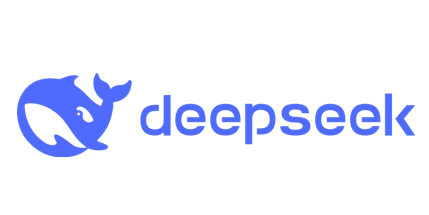Never miss a new edition of The Variable, our weekly newsletter featuring a top-notch selection of editors’ picks, deep dives, community news, and more.
AI’s footprint is growing rapidly across roles and industries. As generative-AI tools move from the margins into core workflows, practitioners increasingly ask themselves a deceptively simple question: what does being good at one’s job mean these days?
There’s no one answer, of course, but the articles we’ve selected for you this week point to a key insight: it might be time to redefine what “following best practices” mean, and to focus our understanding of performance around skills in which humans continue to hold an edge over their LLM-based assistants.
Before we jump right in, a quick reminder: the TDS Reader Survey is now open, and we’re eager to hear your insights. It will only take a few minutes of your time — thanks in advance for weighing in with your feedback!
The MCP Security Survival Guide: Best Practices, Pitfalls, and Real-World Lessons
It’s been impossible to miss the buzz around the model context protocol in recent months. Hailey Quach highlights the risks that this open-source framework poses, and the mitigating steps data and ML professionals should take to ensure its integration doesn’t become a security nightmare.
Reducing Time to Value for Data Science Projects: Part 4
Kristopher McGlinchey stresses that nothing is more important for data scientists than “being a good software developer”—even with the rise of coding agents.
Things I Wish I Had Known Before Starting ML
“if you try to keep up with everything, you’ll end up keeping up with nothing.” Pascal Janetzky offers insights on what it takes to achieve success in a highly competitive field.
This Week’s Most-Read Stories
Catch up on the articles our community has been buzzing about in recent days:
Context Engineering — A Comprehensive Hands-On Tutorial with DSPy, by Avishek Biswas
Agentic AI: On Evaluations, by Ida Silfverskiöld
Generating Structured Outputs from LLMs, by Ibrahim Habib
Other Recommended Reads
Interested in noisy data, topic modeling, and the Agents SDK, among other timely themes? Don’t miss some of our other standout articles from the past few days:
- The Machine, the Expert, and the Common Folks, by Lars Nørtoft Reiter
- Fine-Tune Your Topic Modeling Workflow with BERTopic, by Tiffany Chen
- Does the Code Work or Not?, by Marina Tosic
- Hands-On with Agents SDK: Multi-Agent Collaboration, by Iqbal Rahmadhan
- Estimating from No Data: Deriving a Continuous Score from Categories, by Elod Pal Csirmaz
Meet Our New Authors
Explore top-notch work from some of our recently added contributors:
- Aimira Baitieva is an experienced research engineer, whose work currently focuses on anomaly detection and object-detection problems.
- Daniel Gärber joins TDS with multidisciplinary expertise across data science and engineering, and recently wrote about winning the Mostly AI Prize.
- Carlos Redondo is an ML/AI engineer who’s spent the past few years working at several startups.
We love publishing articles from new authors, so if you’ve recently written an interesting project walkthrough, tutorial, or theoretical reflection on any of our core topics, why not share it with us?

